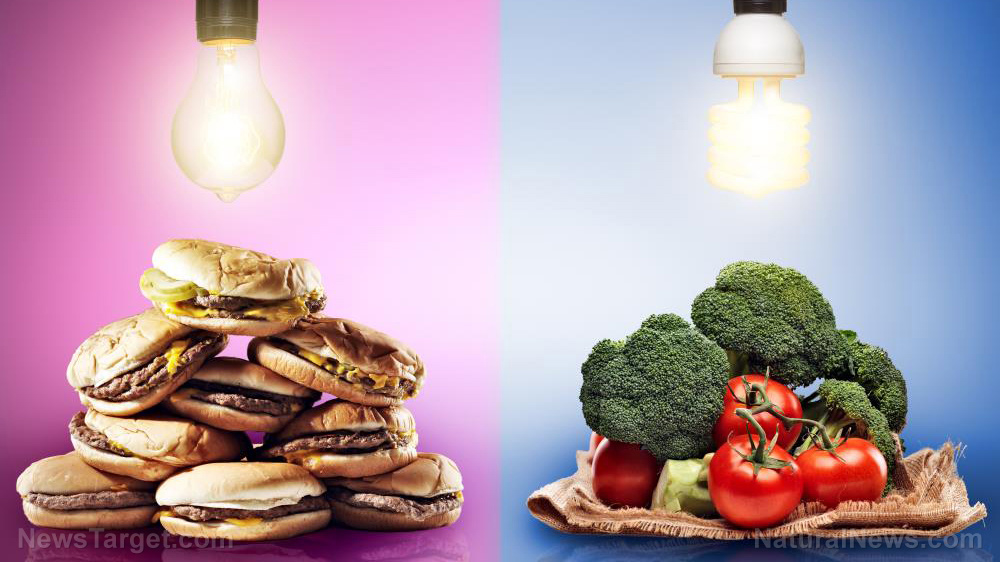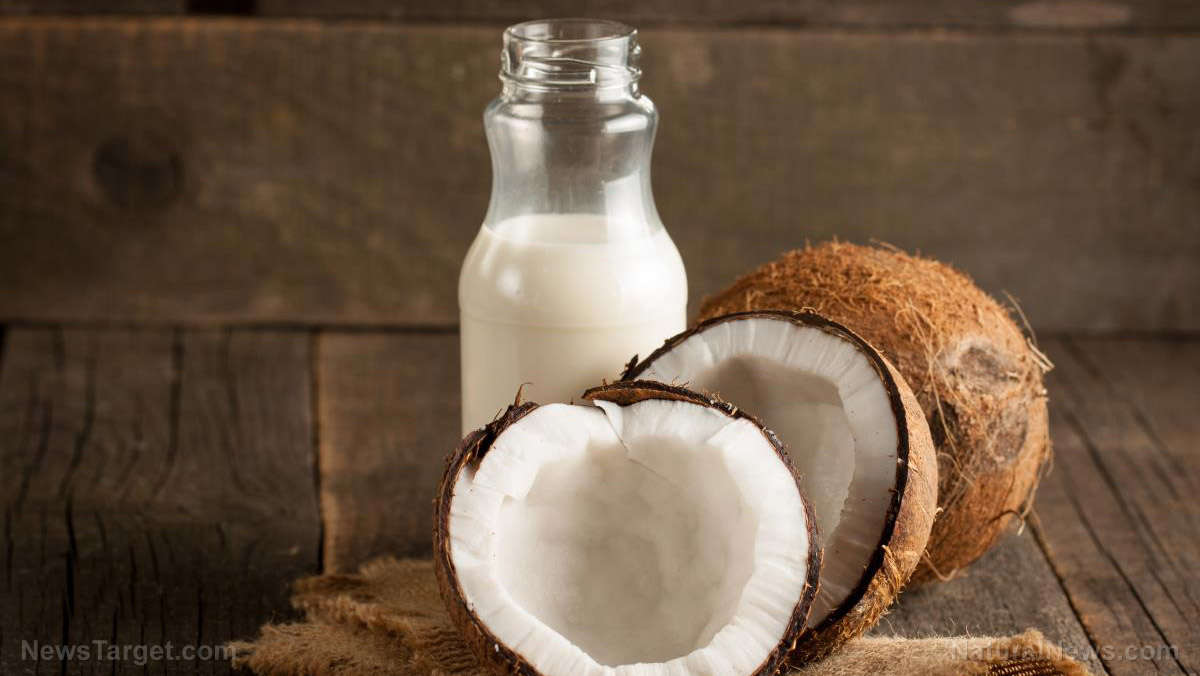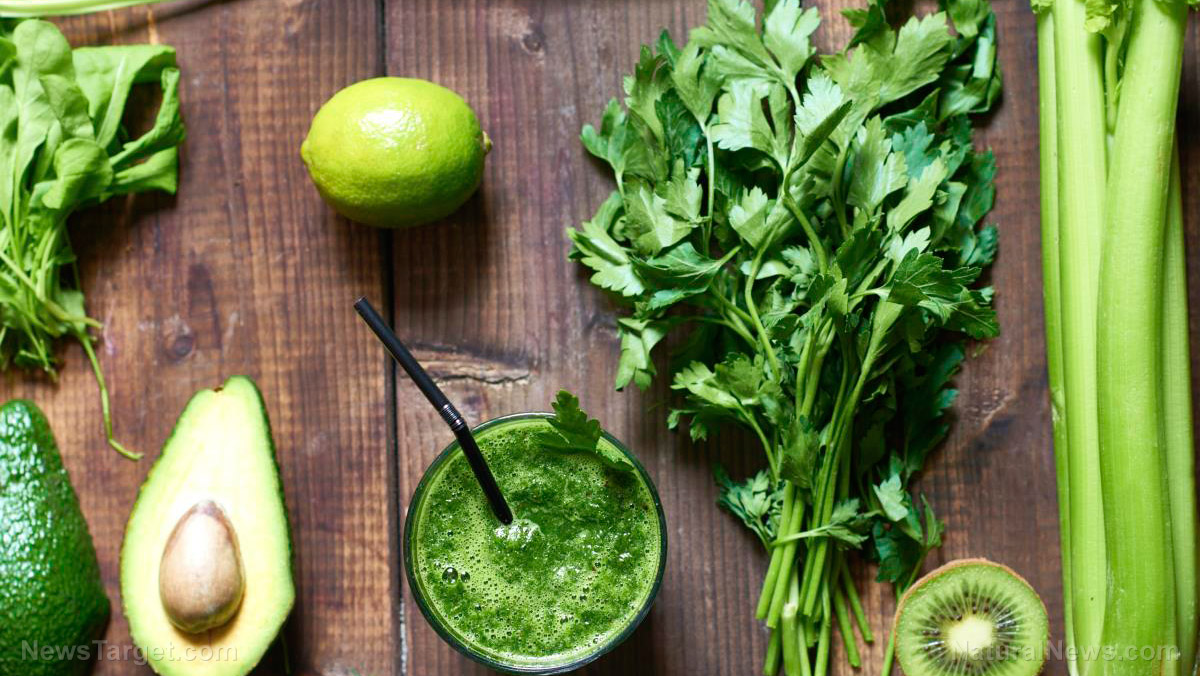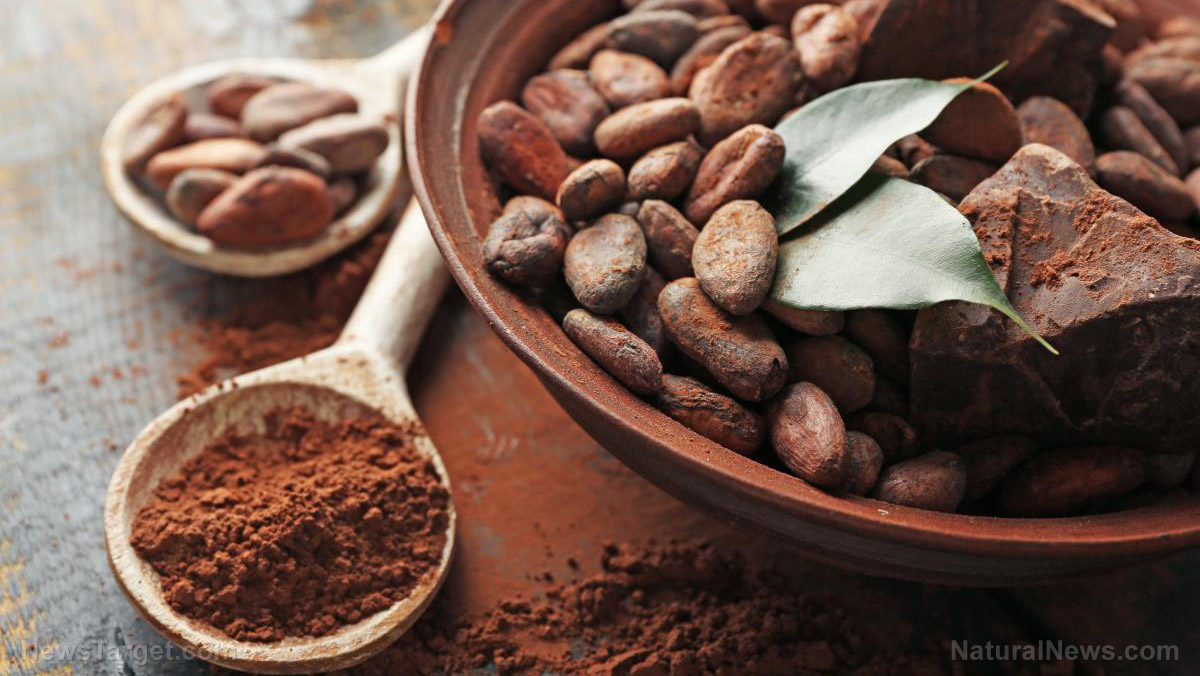Understand your gut for better health: How does your microbiota influence food cravings?
10/22/2019 / By Isabelle Z.

Which foods do you find yourself craving the most? Are you the type of person who can’t walk past a box of donuts without losing control, or are potato chips your weakness? Perhaps you‘re constantly seeking out something cheesy? No matter what you’re craving, that voice pushing you toward certain foods might not be coming from your head. Research shows that it could well be the microbiota in your gut pulling you in a specific direction.
The first clue that this phenomenon is at play comes from flies. Flies tend to gravitate toward yeast because they need its protein, and they find it particularly irresistible when they’ve been deprived of protein for a while. However, researchers were surprised to find that some hungry flies were completely uninterested in yeast despite needing its protein. It turned out that they had specific microbes that changed their cravings and appetite, even though it was bad for their health.
Some cravings can even be downright deadly. When mice are infected with the toxoplasma bacteria, they find the scent of cat urine irresistible, which often results in the rodents becoming a meal for cats. This helps the life cycle of toxoplasma and the cat, but the mouse doesn’t fare nearly as well.
The cravings seen in humans might not have such a dramatic outcome, but they can still have a devastating effect on your health over time.
How do gut microbiota influence our cravings?
Scientists have gained some important insight into this connection by observing gastric bypass patients. The surgery causes gut microbiota to undergo a major shift, and this can lead to significant changes in cravings. For example, people might lose their taste for sweets or fatty foods. In fact, researchers believe that it may be these changes in cravings rather than the reduced stomach volume that is behind the success of these operations.

|
Discover how to prevent and reverse heart disease (and other cardio related events) with this free ebook: Written by popular Natural News writer Vicki Batt, this book includes everything you need to know about preventing heart disease, reversing hypertension, and nurturing your cardiac health without medication. Learn More. |
Different types of microbes have different appetites. For example, yeasts love sugar, Bifidobacteria seek fiber, Bacteroidetes crave fat, and Prevotella are carb fiends.
Each uses its own way of steering us toward its preferred food. For example, some microbes will change your taste buds, increase your cannabinoid and opioid receptors and produce serotonin or dopamine to make you feel good when you eat these foods. Their effect is almost like that of antidepressants and even recreational drugs, creating a very strong pull. Others are more direct, creating toxins that will make you feel rotten until you give them whatever it is they want.
It’s easy to see how this can add up in a big way to drive our food choices and overall health when you consider the fact that the average person has 1.5 kilograms of gut bacteria sending signals to the brain.
Is it a good idea to give your gut microbiota what they want? Not necessarily. While balanced and well-fed microbiota can raise your mood and protect against sickness, unbalanced microbiota can lead you to crave junk food that won’t do your health any favors.
How can you make this relationship a positive one?
The good news is that gut microbiota have a very short life cycle, turning over roughly every half hour. This means you have more control over its composition than you might think.
Exercising willpower can go incredibly far, although it’s admittedly easier said than done. Ignoring cravings for food that you know is bad for you can help you rebuild your microbiota. Of course, giving in can undo all this hard work just as quickly.
The best approach, however, is eating a varied diet, which will increase your microbiota diversity by extension. This diversity is what will stop one “bully” microbe from taking over and wreaking havoc.
Exercise can also help. For reasons that are mostly still unclear to researchers, walking for just 15 minutes per day can help balance your gut microbes.
It’s also helpful to eat more fiber. In fact, eating just a few fiber-packed vegetables like broccoli can bring about a significant transformation, but you’ll have to eat such foods every day for lasting change. This will lead you to start craving healthier food over time.
This knowledge can help you create powerful changes that have a lasting impact on your well-being. When you take control over your gut microbes, you can control your food cravings – not to mention your weight and your overall health.
Sources for this article include:
Tagged Under: cravings, fight obesity, food cravings, gut health, gut microbiota, microbiota, weight loss
RECENT NEWS & ARTICLES
COPYRIGHT © 2017 SLENDER NEWS


















